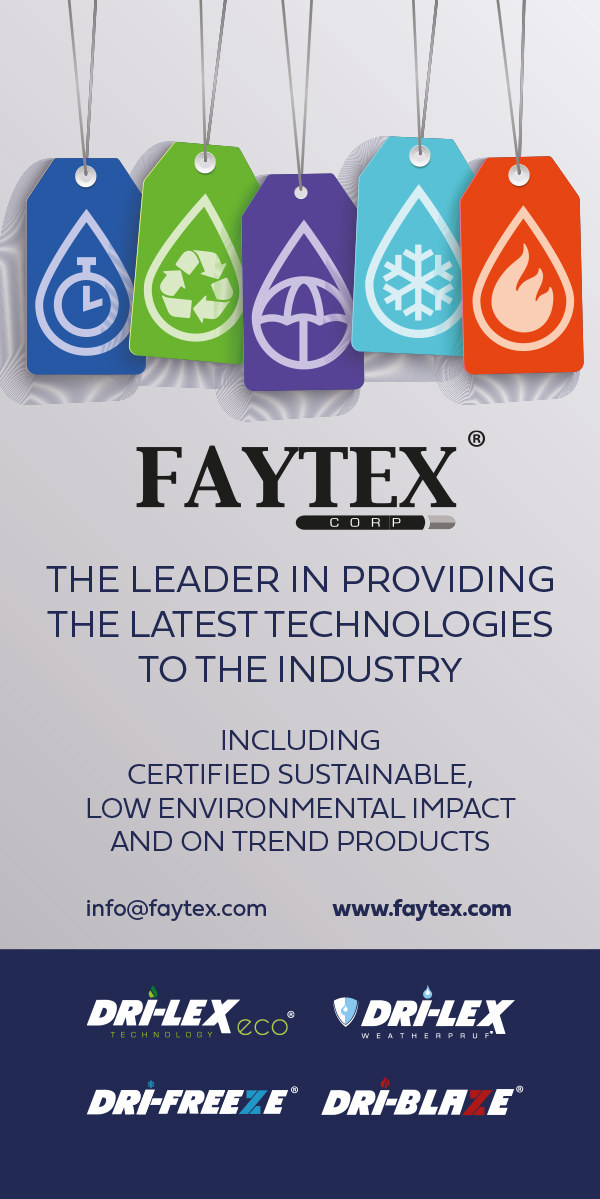The timeless craft of Cordovan leather

Cordovan leather, often known as “shell cordovan”, is celebrated for its exceptional quality and unique craftsmanship, boasting a history that stretches back centuries. The story of this valued material is as rich and intricate as the leather itself.
The term "cordovan" originates from the Spanish city of Córdoba, renowned since the 10th century for its superior leather production. Artisans in Córdoba developed a notable tanning method that employed vegetable tannins and specialised techniques to create extremely durable and flexible leather. Among their most notable innovations was the Guadameci technique, which involved elaborate embossing, gilding, and painting on sheep, goat, or calfskins, producing beautifully decorated panels.
Despite scant historical evidence that the Visigoths or Moors specifically tanned what we now call shell cordovan, the term "cordovan leather" has long been synonymous with unparalleled quality and meticulous craftsmanship. This reputation was so well established that it prompted King Henry III to issue ordinances in 1272. These regulations mandated that Cordwainers — shoemakers in London — must use only the finest 'cordwain', a term for high-quality goatskin leather from Córdoba. The ordinances also differentiated between shoemakers and cobblers, stipulating that new shoes should be crafted from new leather, while old leather was reserved solely for repairs.
Interestingly, cordovan leather was not initially produced with footwear in mind. Its uses were more industrial, including saddlery, armour, and notably, strops — leather straps designed to hone razor blades. The rise of safety razors and disposable blades eventually diminished the demand for cordovan in this application, yet the leather’s allure and prestige endured.
As fashion-based outlets have proliferated and quality standards have tightened, only a few tanneries are now capable of full-scale cordovan production. Prominent producers include Horween in the United States and Shinki Hikaku in Japan. Other tanneries in Japan and Italy also manufacture cordovan, though many of these are primarily involved in finishing rather than the complete tanning process. Several tanneries have experimented with cordovan production but have generally moved away from it or limited their involvement to specific aspects of the process.
Today, cordovan leather continues to captivate artisans and enthusiasts alike, celebrated for its unmatched quality and timeless appeal. Its storied past and enduring craftsmanship make it a symbol of luxury and excellence in the world of footwear and leathergoods.
Cordovan production
Shell cordovan leather is distinct from other types of leather due to its unique origin. It is exclusively derived from specific areas of horse hides — two oval patches located on either side of the spine, on the rump. These patches, typically no larger than a few square feet each, are formed from a fibrous membrane that runs through the cross-section of the hide in this area.
Initially, these fibrous parts are nearly imperceptible. However, after the hair is removed and the hide is limed, these regions become more pronounced. At this point, tanners can either remove and process these fibrous sections separately or they may have already opted to treat the entire rump area through the full leathermaking process having removed it from the salt preserved hide.
Interestingly, too, the size of the shell cordovan is often linked to the age of the horse. Larger shells generally come from older, more mature horses. Consequently, unlike most hides traded in the leather industry, horse hides are often purchased with specific length requirements, reflecting the size of the animal. This precision ensures that the resulting leather meets the high standards expected of shell cordovan.
The tanning of cordovan leather, utilising traditional vegetable tanning methods, is notably slower compared to other similarly tanned leathers of equivalent thickness. This is due to the compact nature of the fibrous membrane, which is crucial to cordovan's distinctive appearance and character. Unlike other leathers, cordovan is finished and presented from the flesh side, leaving the grain side, typically the finished side for most leathers, mostly untreated and in its natural state.
The process begins with precise splitting to reduce the thickness of the leather just enough to reach the fibrous shell. Subsequent controlled shaving fully reveals this unique layer. The exact methods employed by the few tanners who produce shell cordovan are closely guarded secrets, akin to the "secret sauce" of certain burger chains or the precise ingredients of Coca-Cola. These processes involve various oilings and stuffing — the application of harder waxes and fats at elevated temperatures — which lay the foundation for the leather's distinctive characteristics.
In cordovan leather production, what is not done is as crucial as to what is done. The ageing phase, where the leather is left to settle, allows tannins to fix and fats to migrate. This period, often spanning several weeks, might appear as a production standstill, but it is essential for developing the final product's quality. This deliberate, unhurried process ensures that cordovan leather achieves its renowned durability and luxurious finish.
Perfect presentation
As mentioned, the finishing process of cordovan leather involves final colouring, oiling, and sealing on what is essentially the flesh side of the leather. In cordovan, the classic grain leather is effectively the reverse side. The exact finishing formulations are proprietary to each tannery, but they generally contain high wax content to achieve a high shine. This shine is often imparted using either ironing machines with highpressure mirror-like rollers or more traditionally, a glazing jack. The glazing jack, a machine with a reciprocating arm, strikes and drags a glass cylinder (the jack) across the surface, imparting a high gloss and further compacting the fibres.
One of the primary benefits of cordovan leather is its compact fibres. A leather that can hold a high shine offers obvious aesthetic benefits. Moreover, due to the intrinsic properties of the shell membrane, the leather exhibits minimal "break" when creased. This means that when the leather is folded, it forms fine creases rather than deep cracks. This property is highly desirable in footwear, as it ensures that creasing at the toe results in gentle rolls of the leather, displaying extremely fine lines.
Given these advantages, one might wonder why cordovan is not more commonly used in shoemaking. Several factors contribute to its limited use.
Challenges in working with Cordovan leather
Working with cordovan leather presents several challenges, as highlighted by Duncan Stuart of John Lobb, a bespoke shoemaker established in London in 1849 and now part of the Hermès group. Mr Stuart, who brings extensive experience from his previous roles in the shoe industry, notes that a primary difficulty is the shade variation, both between different shells and within the same shell, making it challenging to achieve a uniform appearance. Another issue is the shrinking size of the shells, which complicates cutting larger designs like whole-cut shoes, requiring more intricate techniques.
Whole-cut loafers and derby shoes, crafted from a single piece of leather, showcase cordovan's beauty with minimal distractions. Brogues also pair well with cordovan, benefiting from its ability to hold a polish and develop a patina over time, explains Mr Stuart.
Cordovan's high wax and oil content, while beneficial for durability, can sometimes seep through shoe linings, particularly in lined shoes, leading to a trend toward unlined styles. Additionally, the vegetable tanning process makes cordovan sensitive to heat, necessitating careful handling during manufacturing. Despite these challenges, the unique qualities of cordovan, such as its shade variations, luxurious feel, and durability, are what make it so desirable.
Caring for cordovan leather requires avoiding spiritbased cleaners, which can strip its natural oils. Instead, special cordovan cleaners should be used, along with a simple brush and water for routine cleaning. For a deeper polish, some enthusiasts use bones to achieve a high shine.
Shell requirements and tanneries
Typically, two cordovan shells are needed for a pair of shoes. Mr Stuart, drawing on his experience with various tanneries, notes that Horween is considered the gold standard for cordovan leather, known for its natural look and how well it absorbs waxes and polishes. In comparison, Italian and Japanese shells, though high quality, often appear shinier and less natural. Horween's reputation is significant, with customers often seeking out Horween-branded products as a mark of authenticity and quality, “Horween is to cordovan what Hoover is to vacuum cleaners”.
Shell cordovan is presented with the grain side of the leather unfinished.
Credit: Horween












